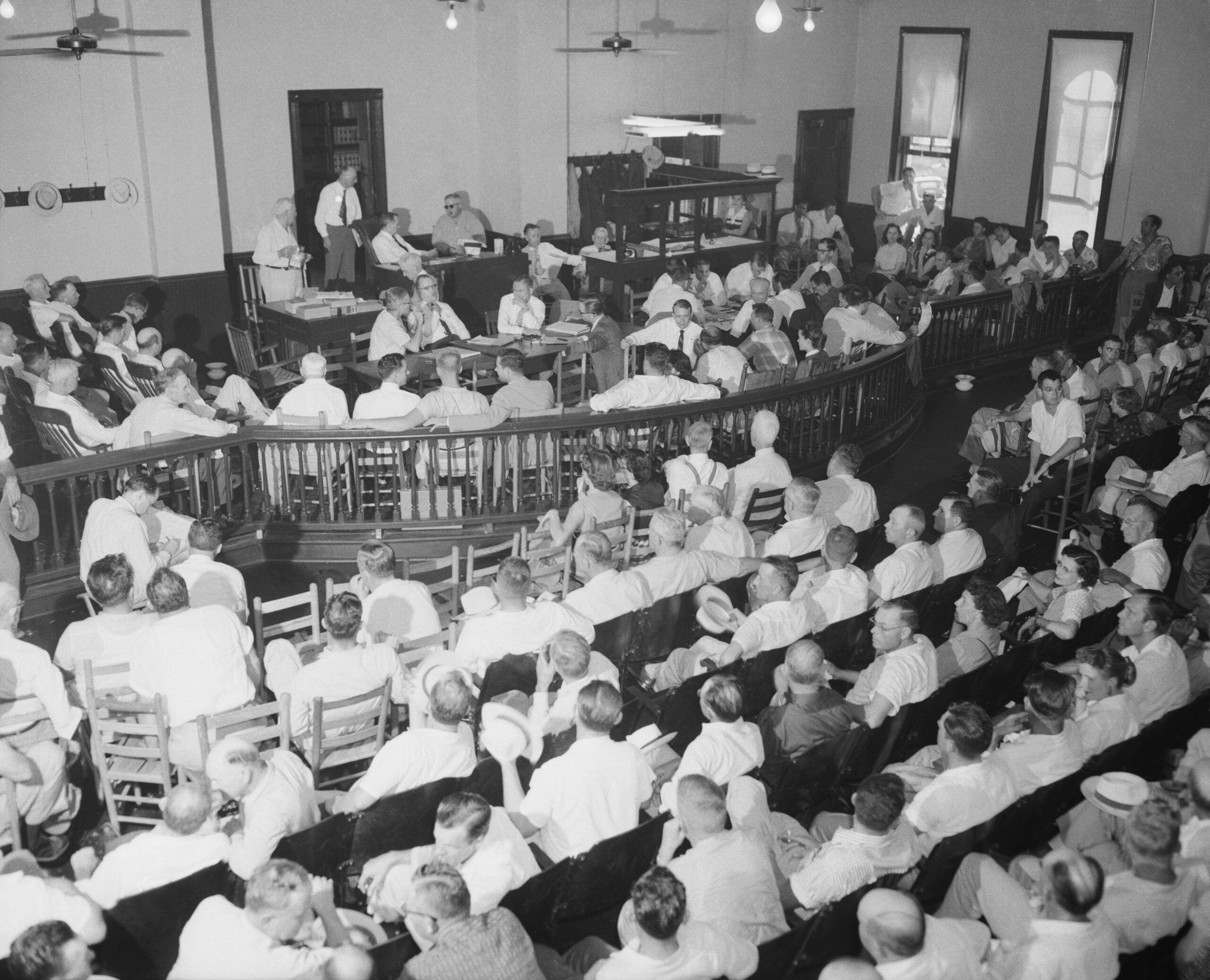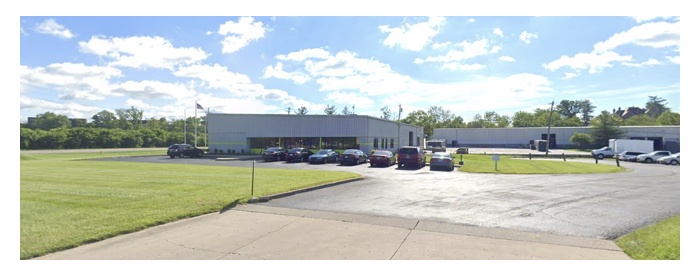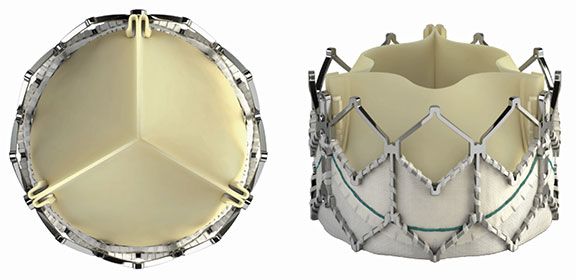
Call in the Fixer to Right Corporate Wrongs
Small Losses, Big Wins: Venture Capitalists of the Legal World
| Welcome to Porter & Co.! If you’re new here, thank you for joining us… and we look forward to getting to know you better. You can email Lance, our Director of Customer Care, at this address, with any questions you might have about your subscription… The Big Secret on Wall Street… how to navigate our website… or anything else. You can also email our “Mailbag” address at any time: [email protected].
Paid subscribers can also access this issue as a PDF on the “Issues & Updates” page here. |
Charlotte and Julian Savage couldn’t drink their own tap water anymore.
The elderly North Carolina couple once operated a small but thriving farm. But in the early 1990s, a Smithfield Foods pork-processing plant came to town… and a cocktail of pig poop, rotten meat, and toxic chemicals started flowing downhill into the Savages’ well water and through their bathtubs and kitchen spigots. “I try not to drink it,” Charlotte said. “We mostly just drink drinks, sodas and things.”
Six inches deep in Smithfield runoff, Charlotte and Julian’s farm crops eventually withered and died. By 2006, when Rolling Stone magazine interviewed them, the couple were hiding indoors most of the time to avoid the downwind factory smell, which had knocked Julian unconscious in their front yard one day.
Julian’s take on Smithfield’s chemicals was simple: “(Y)ou go out and smell it one time and your ass is gone.”
We’ve all heard horror stories about what goes into the hot dogs. And Virginia-based Smithfield Foods – the world’s biggest pork producer, which processes over 18 million pigs a year for customers in 40 countries – generates a lot of hot dogs and a whole lot of horror stories.
In addition to its waste-filled drainage pools (euphemistically termed “lagoons”), Smithfield is frequently in the crosshairs for animal cruelty. Pigs don’t have easy lives or deaths at the pork factory… and undercover activists document everything from unsanitary birthing pens to “gas chambers” that slowly suffocate pigs before slaughter.
As I (Porter) have written before, I love meat. I don’t love pig torture or toxic waste. (And judging from a spate of high-profile lawsuits, settlements, and pork-plant closures in recent years, other folks feel the same way.) But abused sows and chemical-soaked farmland aren’t the whole story at Smithfield Foods.
Smithfield (and many other Big Pork stalwarts) have a secret, life-saving side gig… one that squealing activists conveniently ignore.
I’m willing to bet many PETA (People for the Ethical Treatment of Animals) folks have never visited this unobtrusive office-park-style building near Cincinnati, Ohio…

This is Smithfield BioScience, a lab that repurposes extra pig parts (the kind that are too gross even to make it into hot dogs) to try to save human lives.
Pig glands, mucosa, skin, organs, and tissues (known as “offal,” or refuse) make for bad bacon, but good medicine. All told, around 20 vital medical products come from pigs – which are genetically closer to people than many of us would like to acknowledge.
In its modest Ohio lab, Smithfield processes pigs’ intestinal mucus to create the life-saving anticoagulant heparin… harvests an effective arthritis treatment from piggy pituitary glands… peels off pigskin to use as wound dressings… and pops out healthy pig heart valves to replace faulty human ones. Johnsonville, the largest sausage producer in the United States, runs an in-house medical lab, too. So do a score of other major hog farmers.
Turns out, Big Pork isn’t so “offal” after all.
That’ll Do, Pig
This story starts with the battle for the heart and soul of the American pig – a battle for the heart valve, anyway. And most importantly, the “Fixer” who stepped in and restored justice.
You likely know someone with a pig-heart-valve replacement. Pig valves work better than mechanical valves for many older heart-disease patients, because the organic tissue means patients don’t have to take side-effect-heavy blood thinners like warfarin.
The implant procedure, known as TAVR (transcatheter aortic valve replacement) has been around since the late 1960s, and hasn’t changed much since then. The pig valve… sourced from places like Smithfield Foods… is painstakingly sewn onto a round framework, snaked up through the femoral artery via catheter, and then inflated in place once it reaches the right spot.

The trouble was, for many years, once TAVR valves reached Destination Heart, they inflated instantly, like an umbrella with a broken spring. There was no adjustment, no second chance – just a “pop” and a prayer. If the valve didn’t unfurl correctly, the patient faced instant complications, and possibly open-heart surgery (which the TAVR procedure aimed to avoid in the first place).
That’s the problem that Colibri Heart Valve, LLC, a small, private Colorado research company, set out to solve in the early 2000s. In 2002, Colibri filed several original patent applications for a “controlled release” mechanism that would let doctors gradually insert and adjust the pig valve.
And then, mega medical-device corporation Medtronic stole their idea.
Sometime in 2014, Medtronic employees attended a Colibri presentation that included slides about the proprietary controlled-release mechanism. The Medtronic crew signed a non-disclosure agreement, but apparently took great notes.
Lo and behold… later that year, Medtronic came out with a TAVR controlled-release system called CoreValve. It worked the same way as Colibri’s, and the language used to describe it came straight out of Colibri’s playbook. The invention netted Medtronic billions of dollars… and Colibri got nothing.
It was a cut-and-dry patent-infringement lawsuit, but Colibri didn’t have the money to sue. What could a tiny private company do against a $31 billion publicly traded biotech powerhouse?
The only thing they could do: They called the Fixer.
The Fixer is the leading global provider of litigation financing… a large company that funds lawsuits and then, when it wins, takes a cut of the payout. You might think this sounds like the Mafia, and you’re not wrong. But it’s an extremely effective business model.
Think of it as the venture-capital approach to lawsuits. Like venture capital companies, which fund small startups and cash in on their eventual success, litigation finance can turn a small investment into a super-sized payday.
In Colibri’s case, the Fixer funded a top-notch legal team, handled the grueling three-year patent-infringement lawsuit… and, in 2023, left the mega medical-device company with egg (and ham) on its face.
At the end of a seven-day trial, a jury found Medtronic guilty of patent infringement and ordered it to pay Colibri $106.5 million in damages. That’s peanuts to Medtronic, of course… but to the little Colorado research company, it was huge.
Way to bring home the bacon.
Of course, the Fixer has far bigger cuts of meat to fry. In 2015, the firm purchased the legal claims to sue a South American country for the improper nationalization of an oil company in 2012. It spent $16 million acquiring a portion of claims, plus another $50 million waging a long legal battle on behalf of its clients.
In 2023, a U.S. federal judge awarded $16 billion in damages for the case, which remains ongoing. We estimate the company could ultimately receive $2 billion to $3 billion for its share of these damages.
The best part: the Fixer is valued at just $3.3 billion today. And the potential multibillion-dollar windfall represents just one winning ticket within the company’s portfolio containing over 800 legal claims. This is the company we are recommending in this issue.
The Lucrative Business of Lawsuits
This content is only available for paid members.
If you are interested in joining Porter & Co. either click the button below now or call our Customer Care team at 888-610-8895.